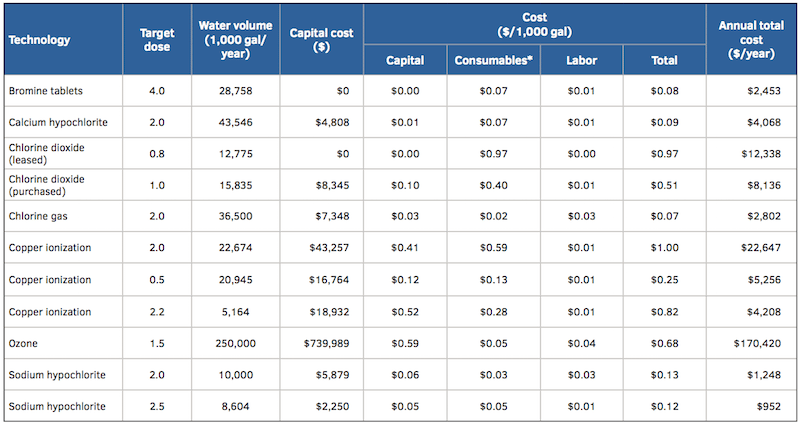The 3-Minute Rule for Irrigation Water Treatment
Table of ContentsFacts About Rust Preventer RevealedThe Only Guide to Agricultural Water TreatmentThe Ultimate Guide To Rust Preventer
Jennifer Parke, Associate Professor, OSU and Paul Fisher, Partner Teacher, University of Florida Nursery and greenhouse growers typically record runoff water and recycle it for irrigation. This conserves water and avoids the escape of nutrients and pesticides into waterways. Nevertheless, tanks likewise offer a habitat for waterborne plant pathogens. The most major of these are the water molds, which appear like fungis however require water to finish their life process.Unless recycled water is disinfested prior to reuse, watering water may become a reliable shipment system for these plant pathogens. municipal water treatment. Water Sources Substantial tasting in nurseries indicates that surface area water sources such as rivers, ponds, and tanks for storing runoff water are often infected with Phytophthora and Pythium types and ought to be disinfested before usage in watering. rust preventer data.
You should assume that recirculated water is polluted and disinfest it on a routine basis, or you can test your water at frequent (month-to-month) intervals and treat only if required. Checking Your Water for Pythium and Phytophthora You can evaluate for the existence of Pythium and Phytophthora by baiting water with rhododendron leaves for seven days and then testing the leaves with field diagnostic ELISA packages.

The Facts About Rust Controller Uncovered

Total suspended solids should ideally be 05 mg/L can cause obstructing of irrigation devices, above 2. 0 mg/L might be poisonous to some delicate plants. 27% above 0. 05 mg/L, 2% above 2. 0 mg/LSee iron notes above. that site Manganese removal is more hard and may require extra pH adjustmentCopper (Cu) Above 0. 20 mg/L toxic to some plants5% above 0.
05 mg/L harmful to some plants2% surpass 0. 05 mg/LLarge scale elimination of molybdenum is typically not cost efficient. Usage dilution or alternative water suppliesZinc (Zn) Above 0 - agricultural water treatment. 30 mg/L9% surpass iron stain remover 0. 30 mg/LMost likely from deterioration of galvanized pipeline. Plant toxicity most likely where low pH happens in growth mediaThe pH of water is determined on a scale of 0 to 14.
0 is neutral while pH levels below 7. 0 are acidic and levels above 7. 0 are basic. Each entire number difference represents a ten-fold distinction in acidity. The pH of water in addition to alkalinity affects the solubility and accessibility of nutrients and other chemical attributes of watering water. In general, a lot of plants choose slightly acidic conditions in a pH series of 5.
The Facts About Irrigation Water Treatment Revealed
0. Problems with low or high pH are worsened in plants grown in soil-free or small this page growing systems because development media can typically act to buffer pH issues. Higher water pH levels can be tolerated if the water alkalinity is not extreme. High pH (> 7. 0) may minimize the schedule of various metals and micronutrients causing deficiency symptoms.

High pH issues can be corrected by acid injection or sometimes by using an acid fertilizer. Rainwater in PA is acidic (pH 4. 0 to 5. 0). agricultural water treatment. Less typically, low pH (< 5. 0) might result in toxic high levels of metals like iron and manganese; this is typically found in combination with low alkalinity.
Perhaps the most important water quality parameter to impact watering waters in Pennsylvania is alkalinity. Alkalinity is a step of the dissolved materials in water that can buffer or neutralize acids (rust controller). These include carbonates (CO32-), bicarbonates (HCO3-), and hydroxides (OH-, rarely present in that kind). Alkalinity is generally reported as mg/L of calcium carbonate.